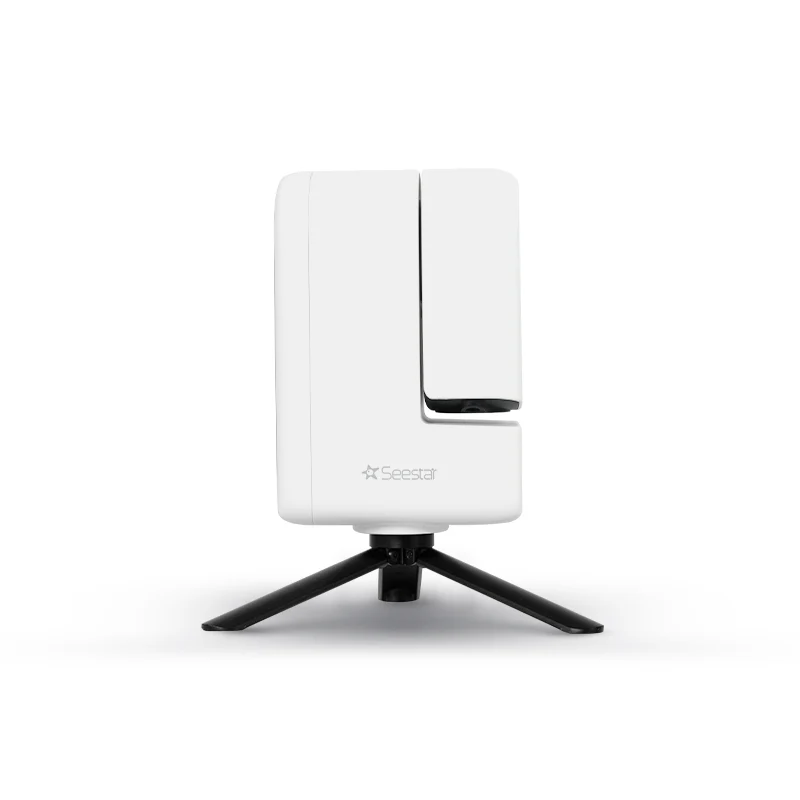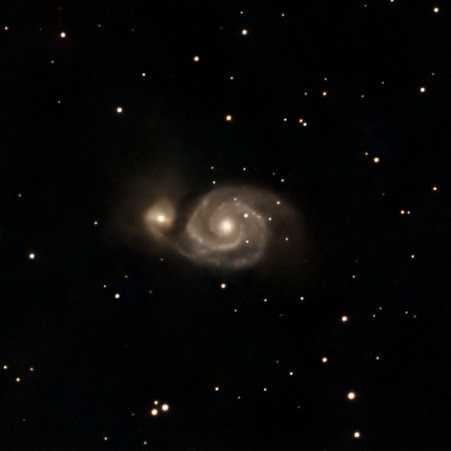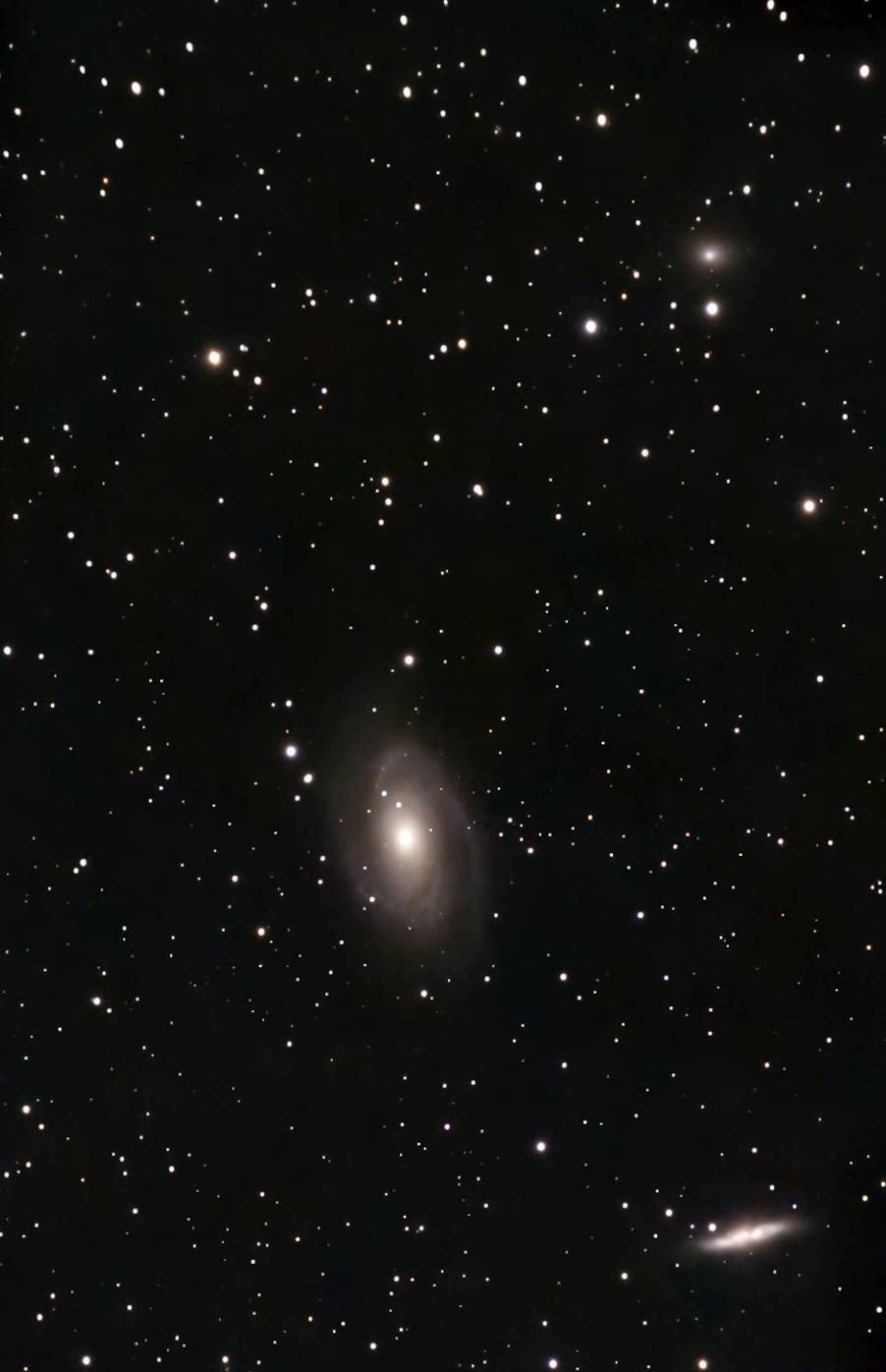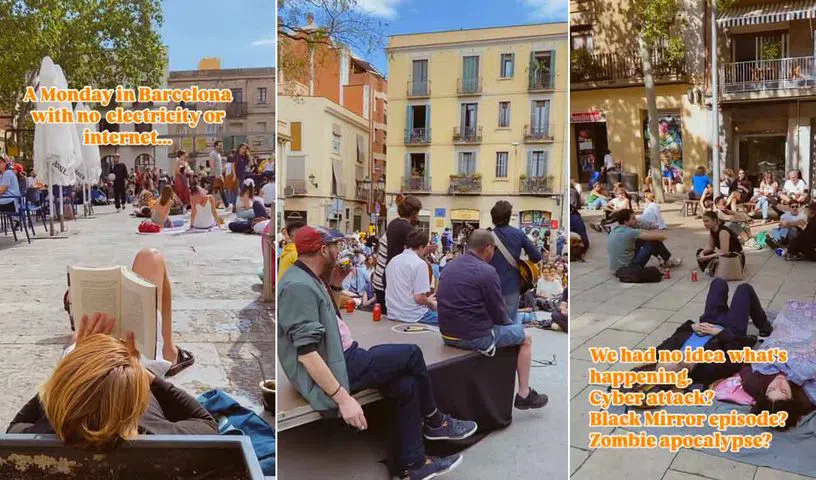TWIL #16: From Sparkling Stars to Lights Off

So here’s my TWIL again. Apologies for not writing a regular article this week, but I’ve been enjoying a holiday with the family. And that takes priority over everything :) Having a rhythm is great, but sometimes stepping out of it makes it even better.
The Ikea Effect: Why we love what we build
Have you ever felt strangely proud of a piece of IKEA furniture, even if it’s a little wobbly? That’s not just your imagination: it’s a well-studied phenomenon called the IKEA Effect.
I first heard about it while listening to De Grote Podcastlas, a really enjoyable podcast that explores a different country in each episode. (Only in Dutch, sorry) In their episode about Sweden, they mentioned this curious idea: that we tend to love things more when we’ve built them ourselves.
The IKEA Effect describes how people place higher value on things they’ve helped create, even if the result isn’t perfect. The name comes from (you guessed it) IKEA, the Swedish company famous for flat-pack furniture. Researchers found that participants were willing to pay significantly more for a product they assembled themselves, even if it wasn’t better than a pre-assembled one.
It’s not just about furniture. The IKEA Effect shows up in:
- Cooking: Enjoying meals more when we’ve made them.
- DIY projects: Feeling extra pride in handmade things.
- Ideas at work: Overvaluing projects we’ve contributed to.
It taps into something deep: our need for ownership and agency. When we put effort into something, we invest a piece of ourselves. And that makes it feel more valuable.
And here’s why I think it’s so interesting: once you’re aware of the IKEA Effect, you can use it for good. If we know people value what they help create, we can invite more participation. We can design projects, workplaces, spaces or even habits that let people build and shape them for themselves. Making them more likely to stick.
When we get involved, when we’re hands-on, when we explore by doing, we don’t just learn more. We care more. And that’s a powerful place to start.
The School of Curiosity is a reader-supported publication. To receive new posts and support my work, consider becoming a subscriber.
A birthday gift that opened the galaxy for me

For my birthday this year, I got something a little unusual: a Seestar S30, a deep space camera small enough to fit in a backpack, but powerful enough to peer into the far reaches of space. It’s a remarkable little device that can automatically find and photograph deep space objects (galaxies, nebulae, star clusters) things I’d previously only seen in books or online.
Over the past few nights, I’ve been outside under the stars, letting the Seestar do its quiet work while I watch the images build up on my screen. I’ve captured photos of distant systems like M51, the Whirlpool Galaxy, and M97, the Owl Nebula. Every snapshot feels like a postcard from a corner of the cosmos I never imagined I could see for myself.

What’s surprised me most is how this simple act, of pointing a camera skyward, has changed the way I see things. It’s impossible to stare into the depths of space without also thinking about our tiny blue planet floating inside it all. There’s a strange humility in it, but also joy. The universe is unimaginably vast, but we get to be here, looking up.

And the magic isn’t only in the camera. Even with just your own eyes, the night sky is a wonder. Some of those bright “stars” are actually planets reflecting sunlight. Others, like the Andromeda Galaxy, are entire galaxies visible from Earth without any equipment: if you know where to look. Imagine that: seeing a galaxy 2.5 million light-years away, with nothing but your eyes.
Each night out brings new questions. That’s part of the fun… the learning. I’ve been finding out what those mysterious names and numbers mean:
- “M” numbers refer to the Messier Catalogue, created in the 18th century by Charles Messier to list fuzzy objects in the sky so he wouldn’t mistake them for comets. He managed to catalogue 110 objects.
- “NGC” numbers come from the New General Catalogue, a 19th-century list of deep space objects that’s still widely used today.
- Galaxies like M51 aren’t just distant blobs of light. They’re vast systems containing hundreds of billions of stars, each with the potential for planets orbiting around them.
- And those galaxies? Astronomers estimate there are two trillion galaxies in the observable universe. That is… 2,000,000,000,000 galaxies.
- Each galaxy has about 200,000,000,000 stars.
- So that comes down to 400,000,000,000,000,000,000 stars in the observable universe.
It’s a number so big it’s hard to wrap your mind around. And yet, standing outside at night, looking up, it somehow feels closer, more personal.
The best part has been sharing this with my kids. We’ve been going outside together at night, sitting in the quiet, waiting for the camera to find its target. While we wait, we look up with our own eyes: pointing out bright planets, tracing the glow of the moon, watching for the silent sweep of a satellite crossing the sky. I get to explain what we’re seeing, to answer their questions (or admit I don’t know yet), and to learn together. Watching their faces light up as the first faint images appear on the screen is something I’ll never forget. There’s a kind of wonder that only the night sky can give. A sense that we’re part of something much bigger, and it’s ours to explore, even from the backyard.
The Seestar S30 has turned out to be more than a camera. It’s an invitation to curiosity, to patience, to awe. And the best part? We’ve only just begun.
When the lights go out, we connect

Last week's widespread power outage across Portugal and Spain left millions without electricity. Yet, amidst the darkness, something remarkable happened: people emerged from their homes, gathered in the streets, shared stories, and connected with neighbors they might not have spoken to before.
This spontaneous social bonding during a crisis reminded me of personal experiences, like being stuck in a delayed train with too many people…. Almost every single time this resulted in a lot of laughter, fun conversations and connection. People open up and form unexpected connections in these types of situations.
So it made me wonder: is there something that drives this behavior? The closest thing I found was that anthropologist Victor Turner introduced the concept of communitas to describe the profound sense of solidarity that arises during liminal periods. Times when normal structures and routines are disrupted. In these moments, traditional social hierarchies fade, and individuals experience a sense of equality and shared humanity.
Turner observed this phenomenon in various cultural rituals, where participants, temporarily removed from their usual roles, form deep communal bonds. However, communitas isn't limited to ritualistic settings. It can emerge in any situation where people collectively face uncertainty or transition. Like during power outages, natural disasters, or communal gatherings.
I really like this description. And it makes me wonder: how can we experience more of this feeling… not just in moments of crisis, but in the midst of everyday life?





